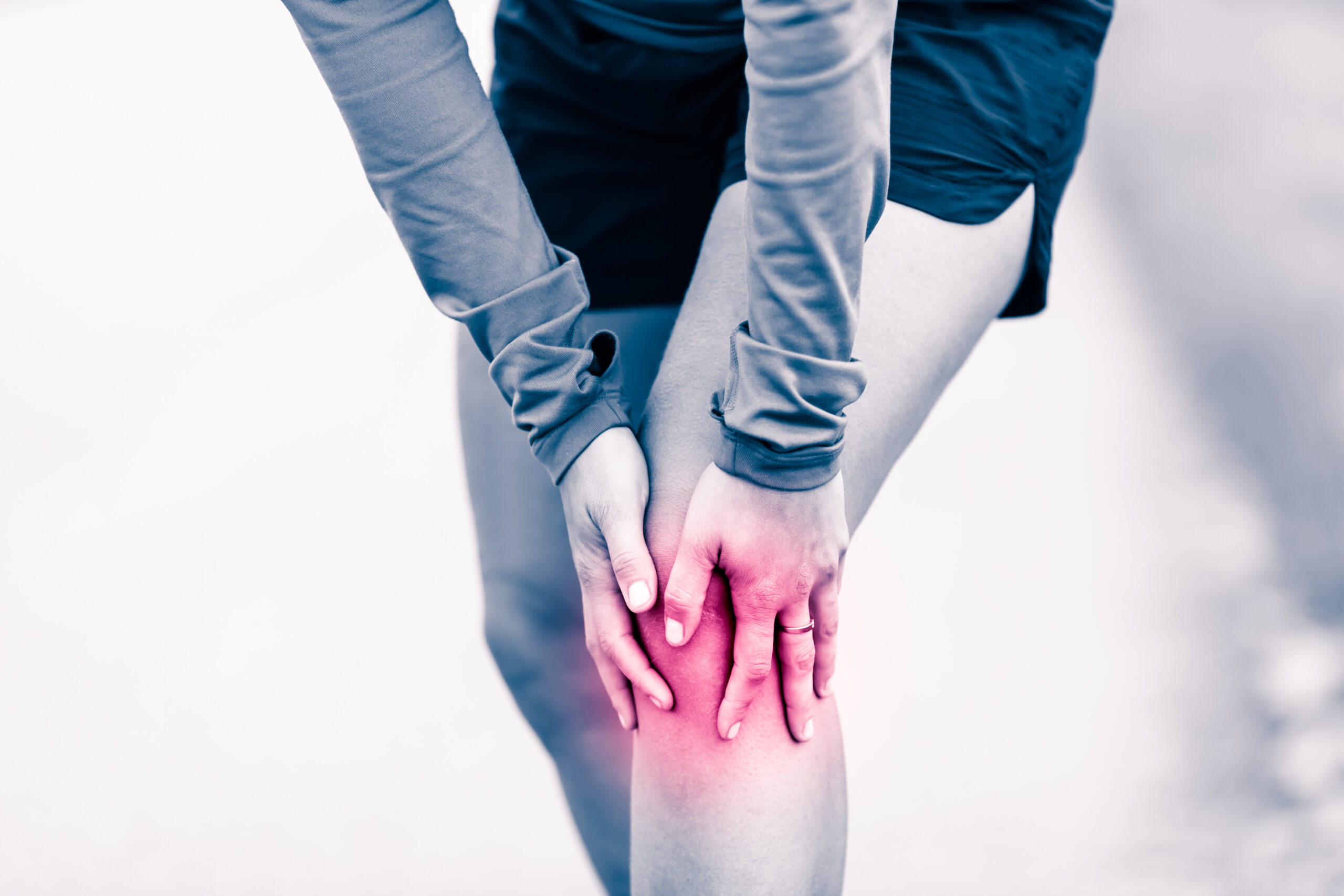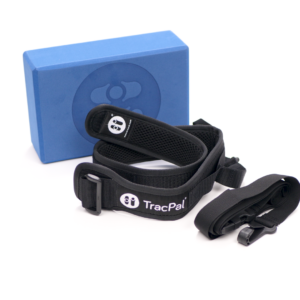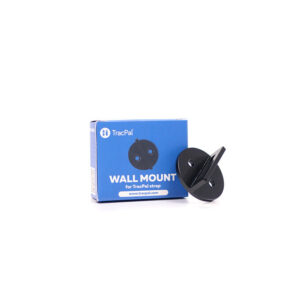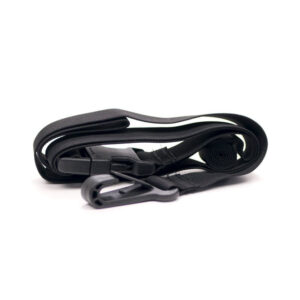Knee and Hip pain – causes, prevention, and how to relieve it at home
Knee and hip pain may be caused by a lot of different factors. Quite commonly you may experience knee and hip pain if you are overweight since that puts a lot of pressure on those sensitive points. Another factor might be our posture and how we take care of our body throughout the day. Before starting any exercises, talk to your physiotherapist to figure out the cause of your pains.
Knee and hip pain prevention
The most common way to relieve pain in your knees and hips is traction. By pulling apart your joints, you are helping the synovial fluid move freely and nourish your cartilage. Our joints might get too dry if we don’t move enough, so traction is a great way to deal with that. Regular exercise is also a great way to keep your joints moving, helping prevent any future pain.
Exercises to help relieve knee pain
Knee pain may show up when we happen to be sitting for too long. That may be because of a long flight, office job, or any other situation.
The first exercise to try is stretching out your knee. While sitting down, stretch your leg straight in front of you and back down again. Push away your heel, pointing your toes towards you. Try to do this at least 10 times.
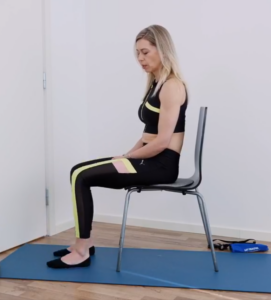
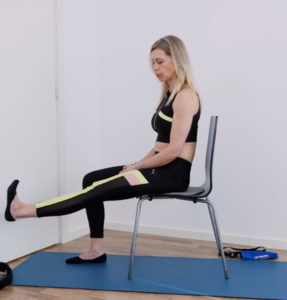
Secondly, while still sitting down, place your heel on the ground. Placing light pressure on your heel, try to pull the heel towards your chair while still keeping it in place. Hold for 20 seconds, and release.
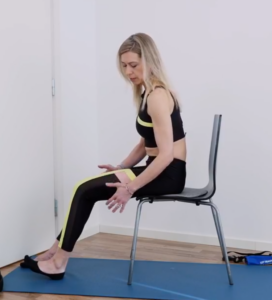
Using TracPal to help relieve hip pain
Following our Manual, set up TracPal Hip, shoulder & knee bundle for knee traction. Traction should not cause you any pain or discomfort.
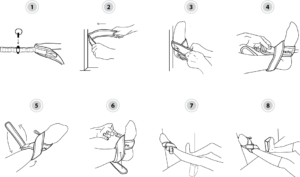
1) Make sure that the door jamb strap is adjusted using the pin to fit the width of the door so that the ankle strap is up against the door jamb. Place the door jamb strap in between the door jamb either on the hinge or lock jamb side about 30-50 cm from the ground, approximately just below the knee capsule, and close the door.
2) Put on the ankle strap by placing the short-end over the foot, followed by the long end. Insert the long strap into the buckle, pull tight using the finger loop, and secure.
3) Lie down in a comfortable position at a 30-degree angle. Relax your muscles and breathe deeply. Gently push yourself away from the door with the other leg until you feel traction in the hip. Hold for one minute and recover for 15 seconds. Repeat 3–5 times.
4) During hip traction, a Yoga Block can be used under the knee for less strain on the knee capsule and for easier relaxation between intervals. A Yoga Block should be used at all times If the user suffers from joint hypermobility. The Yoga Block can as well be used under the foot for better reach.
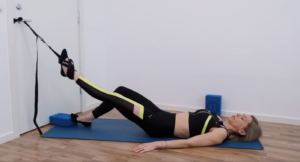
Using TracPal to help relieve knee pain
Following our Manual, set up TracPal Hip, shoulder & knee bundle for knee traction. Keep in mind to only apply light traction as knee joints are a very sensitive part of our body.
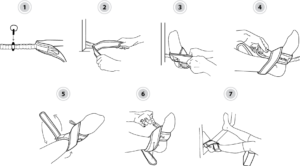
1) Make sure that the door jamb strap is adjusted to the width of the door. Place the door jamb strap in between the door jamb either on the hinge or lock jamb side about 5 cm from the ground, close the door, and pull tight.
2) Put on the ankle strap by placing the short-end strap over the foot, followed by the long-end. Insert the long-end strap into the buckle, pull tight using the finger loop, and secure.
3) Set the Yoga Block under your knee, slightly towards your thigh. Lie down in a comfortable position at a small angle. Relax your calf muscles and breathe deeply. Very gently push yourself away from the door with the other leg until you feel light traction in the knee. Hold for one minute and recover for 15 seconds. Repeat 3–5 times.
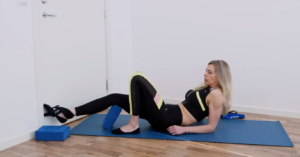
Would you like to find out more?
To read more about the benefits that TracPal offers, head over to https://tracpal.com/methodology/. By signing up for our newsletter, you get all the best exercises, free webinars, and more information straight to your email.
